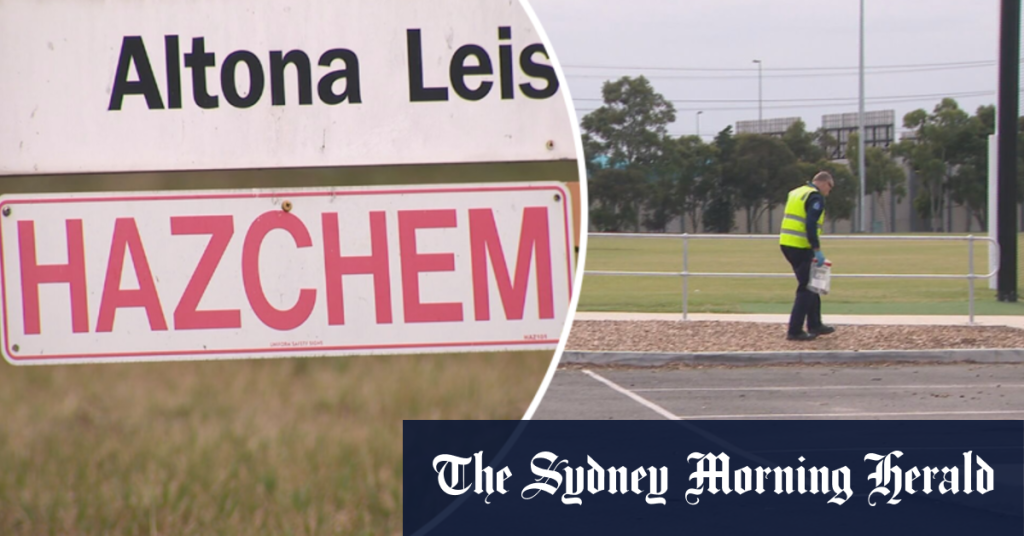Recently, it was discovered that three new parks in Melbourne’s west have been contaminated with asbestos. This has further exacerbated the city’s ongoing asbestos scandal. The presence of asbestos in public areas poses a serious health risk to the community, as exposure to asbestos fibers can lead to various health issues, including mesothelioma, lung cancer, and other respiratory diseases. As a result, there is growing concern among residents and authorities about the potential impact of this contamination on public health and safety.
The discovery of asbestos in these parks highlights the need for increased vigilance and action to address asbestos contamination in public spaces. Asbestos is a hazardous material that was commonly used in construction projects before its health risks were fully understood. Many buildings and structures in Australia still contain asbestos, which can pose a significant risk to those who come into contact with it. Efforts must be made to identify and safely remove asbestos from public areas to prevent further exposure and protect the health of the community.
Authorities are now faced with the task of assessing the extent of the contamination in these parks and developing a plan to safely remove the asbestos. This process will likely involve conducting thorough inspections, conducting air quality tests, and implementing appropriate containment and removal procedures. It is crucial that these efforts are carried out efficiently and effectively to minimize the health risks associated with asbestos exposure and ensure the safety of park visitors and surrounding residents.
The discovery of asbestos in multiple parks in Melbourne’s west is a concerning development that underscores the need for improved asbestos management practices. Asbestos contamination in public spaces poses a significant threat to public health and safety, and it is essential that authorities take swift and decisive action to address this issue. The identification and removal of asbestos in these parks will require cooperation between government agencies, environmental experts, and community members to ensure that the process is carried out safely and effectively.
In light of this latest discovery, there is an urgent need for increased awareness and education about the dangers of asbestos exposure and the importance of proper asbestos management practices. Residents and park visitors must be informed about the risks associated with asbestos contamination and the steps that can be taken to protect themselves from exposure. Additionally, efforts should be made to raise awareness about the proper disposal of asbestos-containing materials and the resources available for safe asbestos removal.
Moving forward, it is crucial that measures are put in place to prevent further asbestos contamination in public spaces and to ensure the ongoing safety of park visitors and residents. This will require ongoing monitoring and maintenance of public areas to detect and address any potential asbestos hazards. By working together with the community and taking proactive steps to manage asbestos contamination, authorities can help to safeguard public health and create a safe environment for all residents and visitors to enjoy.















